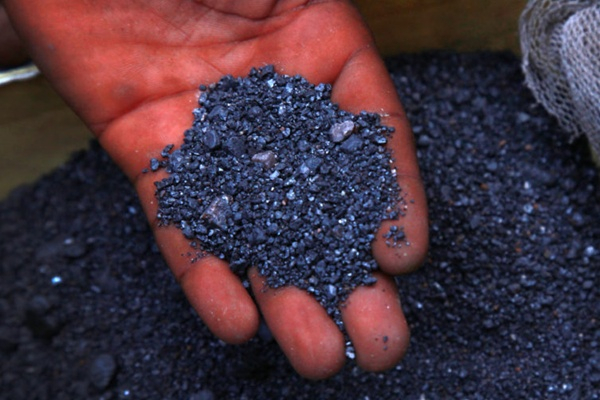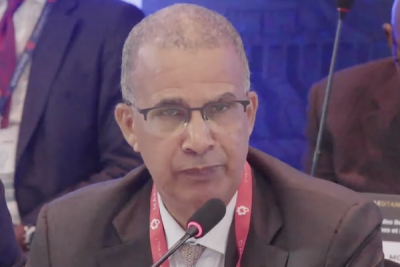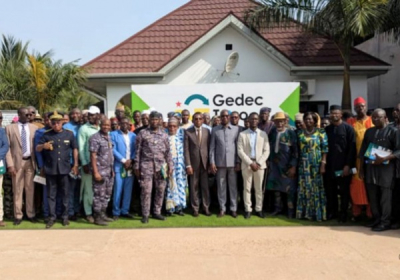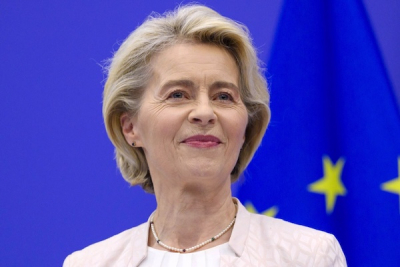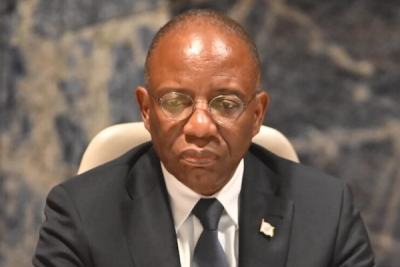Mining sites in Masisi and Kalehe, respectively in North and South Kivu, have been classified as "red" zones, according to an order signed by Mines Minister Kizito Pakabomba on February 12, 2025. This designation affects 38 mining concessions, particularly in the Rubaya and Nyabibwe sectors, where coltan and tin ore (cassiterite) are extracted.
"The exploitation and illicit trade in minerals organized by the aggressors establish an illegal supply chain," Pakabomba stated. "Considering that these illegal supply chains constitute the main source of financing for this war of aggression, it is necessary for the government of the Democratic Republic of Congo to reconsider the status of certain miners."
Through the move, the Congolese government likely hopes to cut off funding sources for the M23 rebels and their Rwandan supporters. The new decree forbids mining in these "red" zones. This means minerals mined in these areas can no longer be sold legally.
The "red" designation will remain in effect for six months, during which the affected sites may undergo independent audits initiated by the Ministry of Mines or international organizations such as the UN or OECD.
M3 Rebels Gain Territory
Since M3 rebels and their Rwandan allies launched their assault in the eastern Democratic Republic of Congo (DRC) on January 23, the Congolese side has reported over 3,000 casualties (and as many injured). The rebels already took over Goma and Bukavu, the respective capitals of North and South Kivu.
Last December, the United Nations (UN) published a report revealing that M23 rebels have been controlling the DRC’s Rubaya mine since late April 2024. The mine is "the largest coltan mine in the Great Lakes region," accounting for approximately 15% of global coltan production.
According to the UN report, at least 150 tons of coltan were smuggled each month from Rubaya to Rwanda, where it is mixed with local production, “leading to the most significant contamination of mineral supply chains across the Great Lakes region”.
This article was initially published in French by Emiliano Tossou
Edited in English by Ola Schad Akinocho






